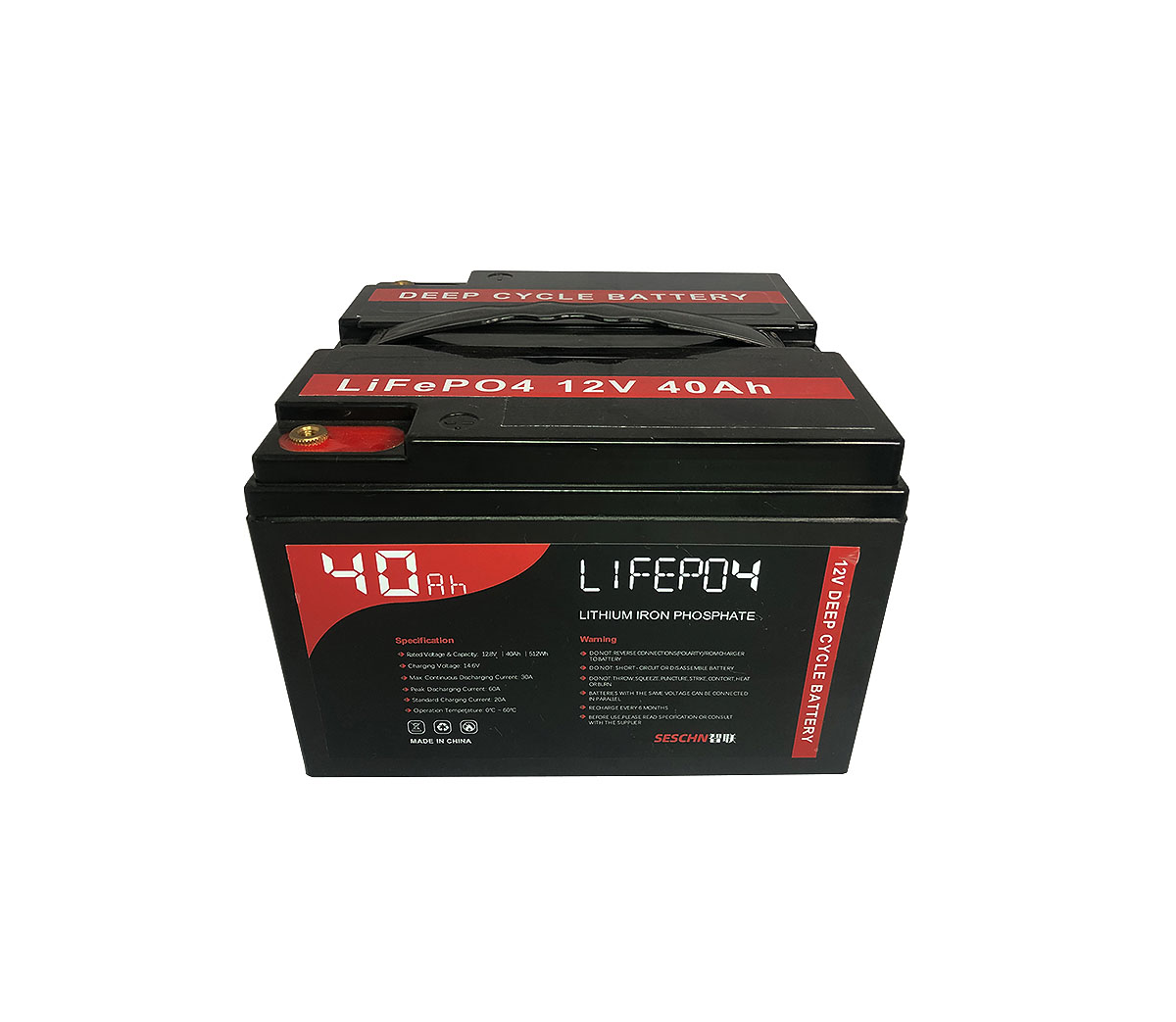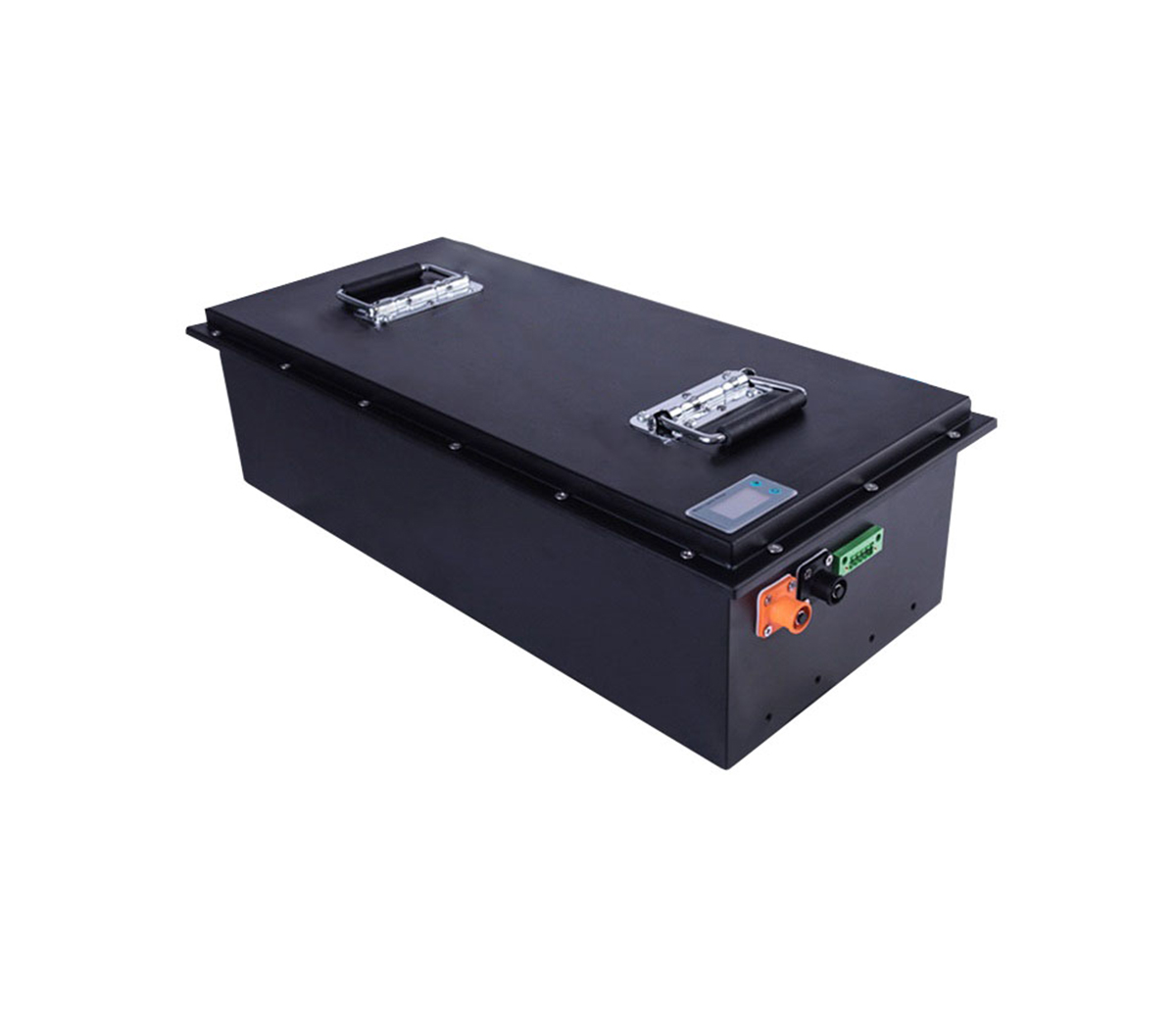
The graphene grafted polypyrrole composite was synthesized in situ by
chemical grafting, and the structure, morphology, conductivity and specific
capacitance of the composite were tested and characterized.
The results show that in the prepared graphene-grafted polypyrrole
composite, the graphene and the pyrrole monomer have a close chemical bond. The
pyrrole is evenly distributed on the graphene layers, and the pyrrole between
the graphene layers is formed into chains in a large amount and interacts with
the graphite. The olefin layers are connected to each other. The measured
conductivity of the composite is 3.32S/cm, and the specific capacitance can
reach 284F/g. Compared with the 186F/g of pure polypyrrole, the specific
capacitance is increased by 52%, which is excellent Capacitance
characteristics.
Polypyrrole (PPy) is a typical conductive polymer material. It has the
advantages of simple synthesis process, low cost, high oxidation resistance,
high conductivity and specific capacitance, and easy film formation. It is an
ideal electrode material for preparing supercapacitors. .
Graphene has ultra-high electrical conductivity, excellent mechanical
properties and thermal stability, as well as a huge specific surface area, which
can provide enough electrochemical reaction active area for polypyrrole; its
huge specific surface area and abundant functional groups on the surface, and
polymer The composite has a significant improvement effect on the capacitance
characteristics of the polymer. Therefore, the polypyrrole/graphene composite
with graphene as the matrix has attracted widespread attention as the electrode
material of the supercapacitor. According to literature reports, pyrrole and
graphene oxide (GO) are polymerized in situ with ammonium peroxodisulfate
((NH4)S2O8) to form a polypyrrole/graphene oxide composite, and then GO is
reduced to graphene by NaBH4 to synthesize For the polypyrrole/graphene
composite, tested in 1mol/LH2SO4 electrolyte, the specific capacitance of
polypyrrole/graphene is up to 180F/g. It is also reported that the graphene
oxide is dispersed into the electrolyte system by the direct current
electrodeposition method. During the polymerization process, the PPy structure
wraps the graphene fragments to prepare a polypyrrole/graphene composite with a
specific capacitance value of up to 229F/g .
Although people have conducted a lot of research on the composite of
graphene and polypyrrole, there are few reports on how to effectively realize
the chemical bonding of graphene and polypyrrole to construct a stable electron
transfer channel, thereby improving the capacitance characteristics of the
material. In this work, an in-situ synthesis method was used to prepare graphene
grafted polypyrrole composite (GPPy), and the surface-modified graphene oxide
was acylated with thionyl chloride to introduce the active polar group acid
chloride group (–COCl). ) To react with the pyrrole monomer (Py) to form an
amide bond -CON<, so as to achieve the purpose of grafting. The chemical bond
generated between polypyrrole and graphene sheet layer by grafting serves as a
stable carrier channel between the two, which can greatly increase the electron
transfer rate during the electrochemical oxidation-reduction reaction of
polypyrrole, increase the reaction efficiency of PPy, and optimize The tightness
of the combination of PPy and the graphene matrix prevents the material from
peeling and separation caused by the reaction and affects the stability of the
specific capacitance, thereby greatly improving the specific capacitance of the
electrode material.
1, experiment
1.1, experimental materials
Hydrated ferric chloride (FeCl3·6H2O, analytically pure) is produced by
Tianjin Yaohua Chemical Plant; Thionyl chloride (SOCl2, analytically pure) is
produced by Xilong Chemical Co., Ltd.; 80% hydrated hydrazine (N2H4·H2O,
Analytical grade) is produced by Guangdong Guanghua Technology Co., Ltd.;
pyrrole (C4H5N, chemically pure) is produced by Sinopharm Chemical Reagent Co.,
Ltd.; N,N-dimethylformamide (DMF, analytically pure) is produced by Xilong
Chemical Co., Ltd. Production, graphite oxide powder is prepared by Hummer
method from natural flake graphite powder produced by Qingdao Laixi Graphite
Colloid Factory.
1.2. Preparation of graphene grafted polypyrrole composite
Weigh 0.1g graphite oxide powder, grind it and place it in 2mL DMF for
ultrasonic dispersion for 15 minutes, and pour the dispersed graphite oxide (GO)
into a three-necked flask, add 20mL of thionyl chloride to it, ice bath and stir
for 2h . After the reaction, the remaining thionyl chloride was blown dry with
nitrogen at 80°C in an oil bath, and then 2 mL of pyrrole monomer (Py) solution
dissolved in 50 mL of deionized water was poured into a three-necked flask, and
the temperature was controlled to 0 ℃ ice bath and stir the reaction for 30min.
Weigh 3.8g of FeCl3·6H2O to prepare 50mL of FeCl3 solution, pour into a
three-necked flask, continue to ice bath and stir, after reacting for 6h, wash
with a mixed solution of ethanol and deionized water and filter. Place the
filter block in a constant temperature drying box to control the temperature at
60℃ to dry, reduce the dried powder with water and hydrazine, stand for 12
hours, wash and filter with a mixed solution of ethanol and deionized water, and
place the obtained filter block at 60°C. Dry in a constant temperature drying
oven at ℃ to obtain GPPy.
In order to compare the structure and electrochemical characteristics of
graphene grafted polypyrrole material and its separate components graphene and
polypyrrole, the experiment also used hydrazine hydrate to reduce graphite oxide
to prepare pure graphene material (G), and it will contain 2mL A 50mL aqueous
solution of pyrrole monomer and a 50mL FeCl3 solution containing 3.8g FeCl3·6H2O
were directly mixed and ice-bathed for 6 hours to prepare pure PPy materials. G
and PPy materials were used as comparison samples.
1.3, analysis and testing methods
Use an X-ray diffractometer (Rigaku, CuKα, λ=0.15418nm, working voltage
40kV, current 40mA) to analyze the structure of the sample, with a scanning
range of 5°~70°, and a scanning speed of 5°/min. Use AVATAR360FT-IR, Nicelet
infrared spectrometer to test and analyze the sample by infrared spectroscopy. A
laser confocal Raman spectrometer (LabRAMHR800, helium-neon laser, wavelength of
632.8nm) was used to perform Raman spectroscopy on the samples. Scanning
electron microscope (XL30S-FEG, SIRION, JAPAN) and transmission electron
microscope (JEOLJEM-2100) were used to observe the morphology and structure of
the sample. The SZT-D semiconductor powder conductivity test bench is used to
test the conductivity of powder samples. The constant current charge and
discharge test was carried out on Chenhua CHI660a electrochemical workstation.
When the three-electrode chronopotentiometry is used to test the specific
capacitance value, the glassy carbon electrode is used as the working electrode,
the Ag/AgCl electrode (SCE) is used as the reference electrode, and the platinum
electrode is used as the counter electrode. The electrolyte for all tests is a
2mol/L H2SO4 aqueous solution.
2. Results and discussion
2.1, SEM scanning electron microscope analysis
The graphene prepared by reducing graphene oxide with hydrazine hydrate and
ultrasonically dispersing it (Figure 1(b)) has a good layer structure, with a
smooth surface and smooth edges. This is because graphene oxide undergoes SOCl2
acid chlorination modification treatment to introduce a large number of acid
chloride groups on the edge and surface, and the added pyrrole undergoes
polymerization under the oxidation of FeCl3, and part of the pyrrole monomer at
the end of the pyrrole chain and The modified intermediate product of graphene
oxide with acid chloride groups undergoes an electrophilic substitution reaction
to form an amide bond, and then the graphene oxide is reduced to graphene by
hydrazine hydrate, and the graphene and polypyrrole are firmly linked through
the amide bond. Generate graphene grafted polypyrrole composite. As the graphene
oxide sheet has undergone the SOCl2 acyl chloride modification treatment, the
electrophilic reaction between pyrrole and the acid chloride group, and the
subsequent hydrazine hydrate reduction treatment, its surface morphology has
changed significantly, and the original smooth surface has a large number of
irregularities. Evenly undulating, there are a large number of PPy-shaped
particles on the edge of the graphene layer. It is difficult to distinguish the
boundary between PPy and graphene. This also shows that graphene and polypyrrole
are tightly bound together through amide bonds. It can be seen from Figure 1(d)
that the pyrrole is polymerized into chains in the middle of the graphene
sheets, and the graphene sheets are connected together, which indicates that
graphene and polypyrrole are effectively bridged through amide bonds.
in conclusion
The graphene grafted polypyrrole composite was successfully synthesized in
situ by chemical grafting. The structure and morphology studies showed that the
pyrrole monomer was connected to the graphene layer by amide bond, and the
pyrrole was evenly distributed on the graphene layer. The pyrrole between the
graphene sheets forms a large number of chains and connects with the graphene
sheets. The synergistic effect of graphene and polypyrrole greatly increases the
conductivity of the composite relative to pyrrole, from 0.22S/cm of polypyrrole
to 3.32S/cm. The specific capacitance of the graphene grafted polypyrrole
composite can reach 284F/g, which is 52% higher than the 186F/g of pure
polypyrrole, showing excellent capacitance characteristics.



































